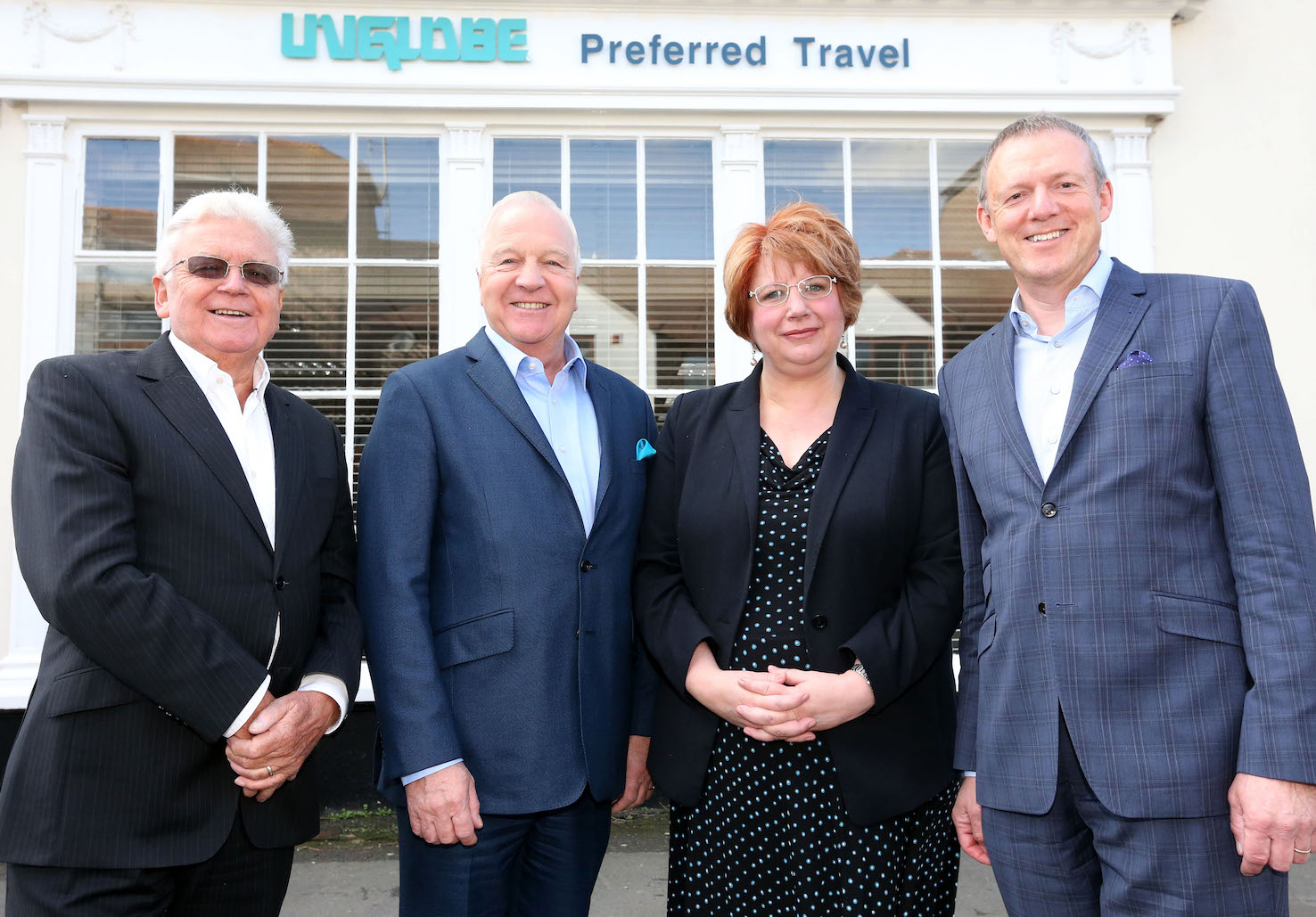
People often seem surprised by the blindingly obvious, and I think this is often because the truth of the matter hurts. Hiring people is a perfect example of this.
Hiring people at first seems like one of the easiest difficult things to do in business. Before you’ve been through the process a couple of times and been disappointed, hiring those first team members seems like a nirvana. Sharing the load, expanding, reducing the reliance on you; all of these things seem like the magical outcomes of hiring your first people. The disappointment of poor performance, bad attitude and failure to keep promises are frequently the stories coming out of those first experiences however.
Unfortunately things don’t normally improve for a lot of employers because they don’t face up to the blindingly obvious: the best people don’t look for jobs. This may seem like a simple thing, but it immediately undermines most of the ways in which we’ve traditionally hired:
• Put together a half-arsed job advert with incomplete information
• Get it out to as many places as possible
• Sift through the half-arsed responses you get back
• Settle for someone because you’re desperate and then start back at point 1 again when they disappoint you.
So, what to do? Well, accepting the truth that the best people don’t look for jobs is an excellent start. Then you can start to face up to the paradigm shift you have to make. The title gives you a clue - always be hiring.
In practical terms this means:
Where are the best people? - you probably monitor new competitor products and services. You need to do the same for their people. Go to LinkedIn, find your competitors’ company pages and then click through to their employees and start to sift through to identify the best people. Normally the speed of promotion is a good start. As long as the ‘shape’ of the business is the same, alternative/adjacent industry players can also be targets.
Create a people CRM - you have sales tools to identify prospective clients. You should have a people relationship database to track your target hires and the relationships you’re forming with them. Start with a simple spreadsheet with the most important roles on the left and start to put the names you find for the pipeline on the right. Try and find people who the thought of hiring scares you (because of how good they seem rather than potential wage); this is normally a good indicator of the right level of next hire.
Critical role shadows - you know those people in your team who you get cold sweats about if you think of them ever leaving. These critical people need shadows. They should be listed in your CRM with the names of their future potential replacements that you researched. The same step is true of new roles you know you’ll have to start hiring for in the next 6-18 months. This is your starting place for the next stage.
Relationships in advance of the need - this is where most people cock their head and quizzically raise an eyebrow. You now need to start to develop relationships with those best people to turn them into critical role shadows. There are multiple ways of doing this. I normally start with a simple outreach email (if it’s from the CEO or a director it normally gets attention) inviting them for a coffee or lunch to discuss [insert their professional area here]
Get radical - in some of the businesses I work with we’ve had to open offices on the other side of the world just to get the type of people we need. Create your own fast track training programme and target the university courses that produce the best potential candidates. Leverage your facilities: in one business we pay for beer and pizza and host specialist weekend events that we invite our targets to. I’ve even gone so far as inviting critical role shadows to company Christmas parties.
Take a promise - when you’ve got to the stage with your targets that you’re both clear about the handbag you’re dancing around, it’s time to take their promise. Simply, this is a request, should they decide to start to look for a new role, or get offered a new role from elsewhere, that they give you the first option to invite them to apply for your role.
Really get to know people - as well as all the knowledge you’ve gathered on an individual over the lengthy courtship, you also need to get to know people better to improve your hiring. As well as the bedrock of assessing competencies over experience - ‘tell me about a time that you…’ - I always use DISC psychometric profiling (usually http://icqconsulting.com/interculturaldisc/) as the results describe to me the person as though I’ve known them for a couple of years. Add to this real life case study assessments where you get them to prepare responses to complex job-based scenarios.
The unexpected outcomes from having an ‘always hiring’ mindset are fascinating, but I suppose not unexpected considering the power of relationships. I’ve made friends for life, sealed major new clients and diverted my businesses away from strategic stumbles because of the power of an impartial outside perspective. Most importantly though I stopped hiring half-arsed people.
Si Conroy specialises in helping business owners remove their blockers to profitable business growth; be they strategy, marketing & sales, people, finance or systems/process. Trained at PwC and owner of www.ScarletMonday.com and
www.ConstantMentor.com, Si practices what he preaches across a number of businesses in which he has invested.
@siconroy






